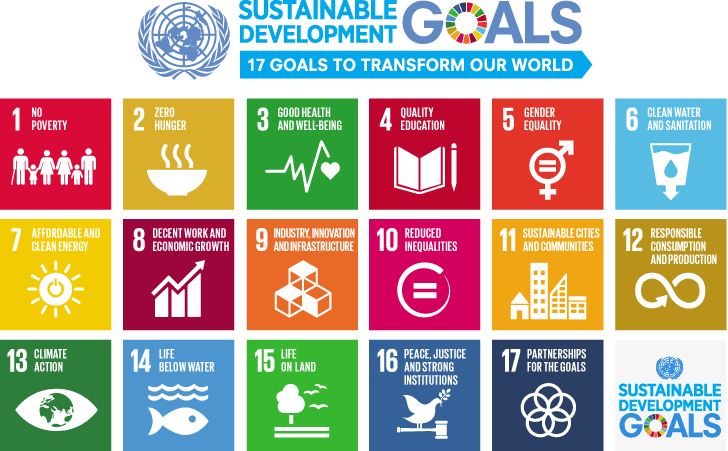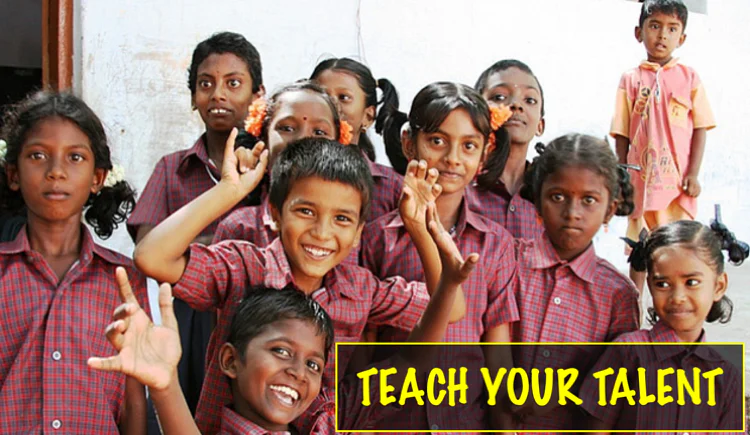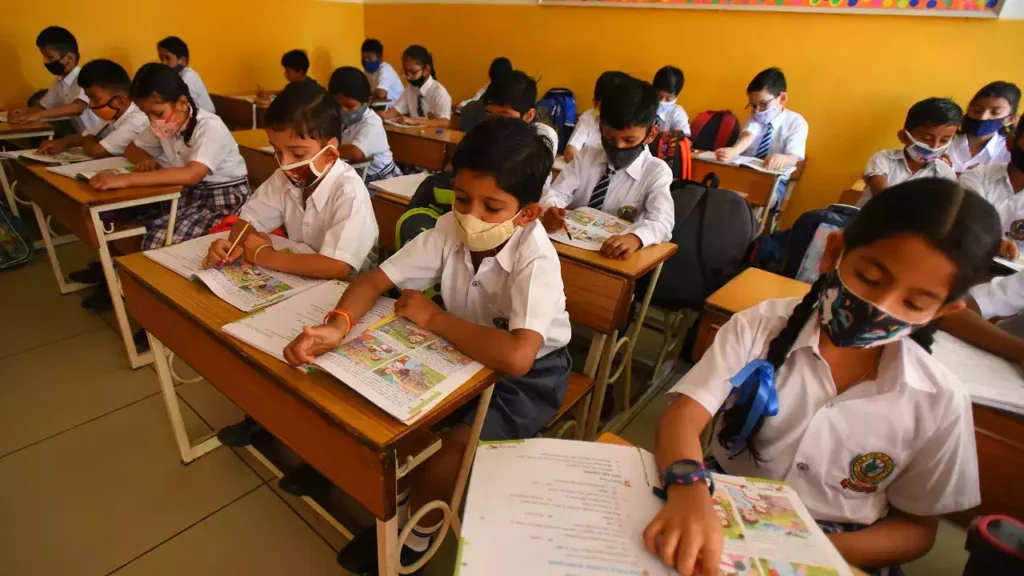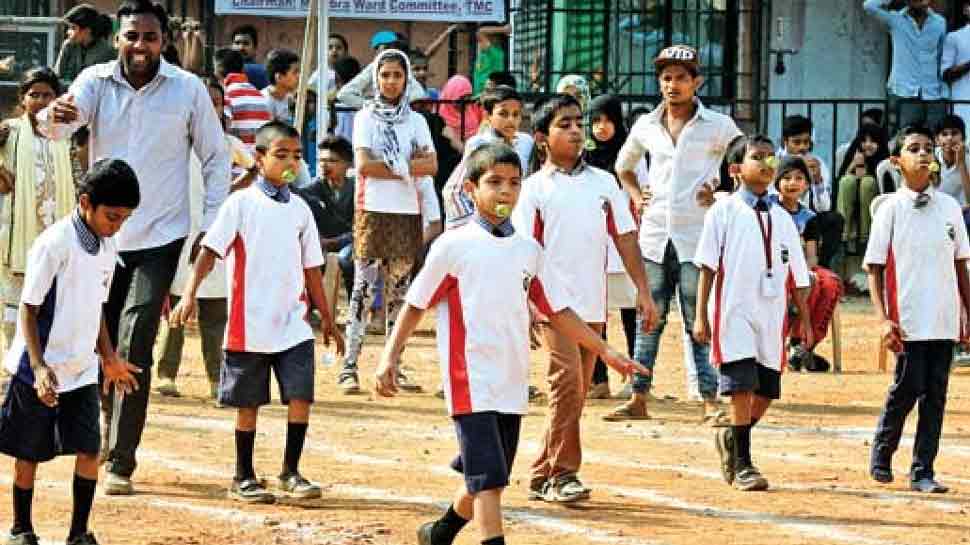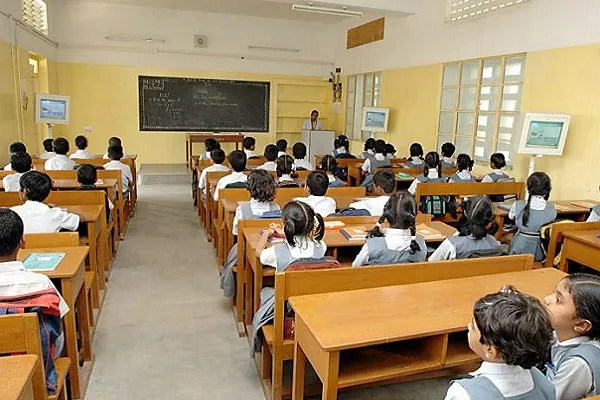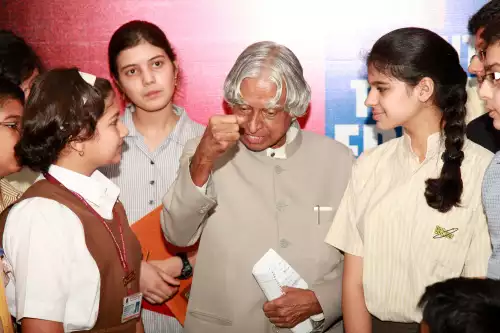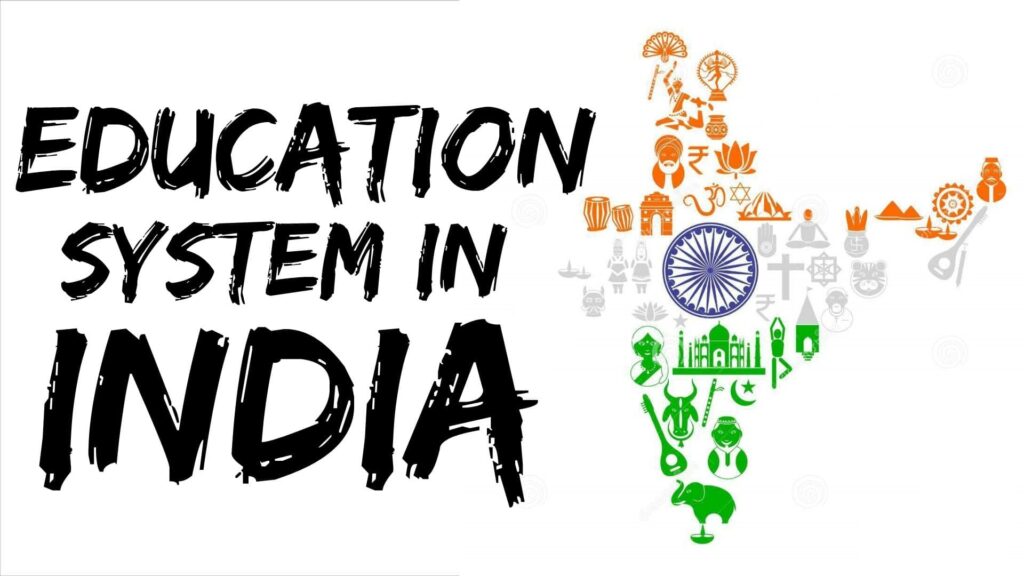Discrimination against children with autism is a major issue that must be addressed. Autistic children face many challenges in their daily lives, and it is important that they are given the support and understanding they need to thrive.
One of the main ways in which autistic children are discriminated against is through a lack of understanding and acceptance from those around them. Autistic children may struggle with social interactions and communication, which can lead to them being viewed as “different” or “strange” by their peers and even adults. This lack of understanding can lead to bullying and exclusion from social activities, which can have a detrimental effect on the child’s self-esteem and mental health.
Another way in which autistic children are discriminated against is through a lack of appropriate education and support. Autistic children often have unique learning needs and may require specialized instruction and accommodations to succeed in school. However, many schools do not have the resources or expertise to provide this type of support. As a result, autistic children may struggle to keep up with their classmates and may not receive the education they need to reach their full potential.
Additionally, many workplaces, public spaces, and community services are not designed with the needs of autistic individuals in mind, which can make it difficult for them to fully participate in society. Examples can include over-stimulating environments, lack of flexibility in routines, and inflexible communication methods.
To combat discrimination against autistic children, it is important to increase awareness and understanding of autism. This can be done through education and training for teachers, school staff, and community members. It is also important to provide support and resources for autistic children and their families, such as counseling, therapy, and support groups.
Additionally, it is essential to actively involve and listen to the voices of the Autistic community and their families, to understand their needs and perspectives. This can be done by organizing focus groups, surveys, and interviews to gather feedback and suggestions for improving accessibility and inclusivity in various settings.
Moreover, it is important to create inclusive environments for autistic children by providing accommodations and modifications, such as quiet spaces for breaks, visual aids for communication, and flexible schedules. This can be done through the implementation of laws and regulations that mandate accessibility and inclusion for individuals with disabilities.
In conclusion, discrimination against autistic children is a serious issue that must be addressed. By increasing understanding and awareness, providing support and resources, actively listening to the voices of the Autistic community, and creating inclusive environments, we can work towards a more equitable and inclusive society for all individuals with autism.



